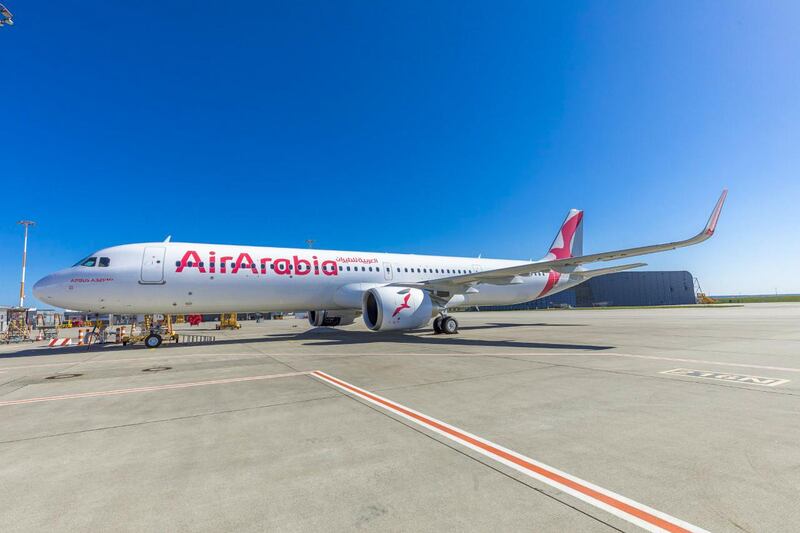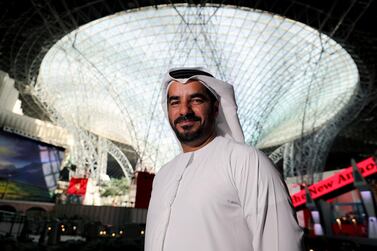Sharjah-based Air Arabia, the only listed carrier in the UAE, reached a milestone of generating more than Dh1 billion in net profit in 2019.
The company said the net profit figure was an 80 per cent increase on the profit made in 2018, which excluded one-off impairments the company booked on investments.
Including the impairments, which were related to the collapse of private equity firm Abraaj, it recorded a loss of Dh609.5m in 2018.
Air Arabia’s revenue in 2019 also witnessed a double-digit increase, up 15 per cent to Dh4.75bn.
“The year 2019 was a challenging year for the aviation industry worldwide,” said the company's chairman Sheikh Abdullah Al Thani. “The global economy endured a slowdown in key international markets while escalating geopolitical pressures continued to impact the trading environment. Despite all that, we are proud that Air Arabia managed to deliver a track record year in its young history and to cross, for the first time, the Dh1bn mark in profitability”.
He added, “our focus on expanding into new markets combined with improved operational efficiencies has led to another year of sustained growth and profitability for the airline."
Air Arabia is one of two UAE-based low-cost carriers and is set to be a joint venture partner in a third, Air Arabia Abu Dhabi, with Etihad Airways. It is due to begin operations in the second quarter of 2020.
The airline also placed a $14bn (Dh51.4bn) order for 120 new Airbus A320 family jets at the Dubai Air Show in November.
The company benefited from lower fuel prices in the final quarter of the year, when it made a net profit of Dh199m, up from Dh26m in the same period in 2018. Revenue in the final quarter also increased to Dh1.14bn, from Dh1bn in the last three months of 2018.
Passenger numbers in the period increased by 8 per cent to 2.9m, while the average seat load factor – or passengers carried as a percentage of available seats – was up 2 per cent to 81 per cent.








